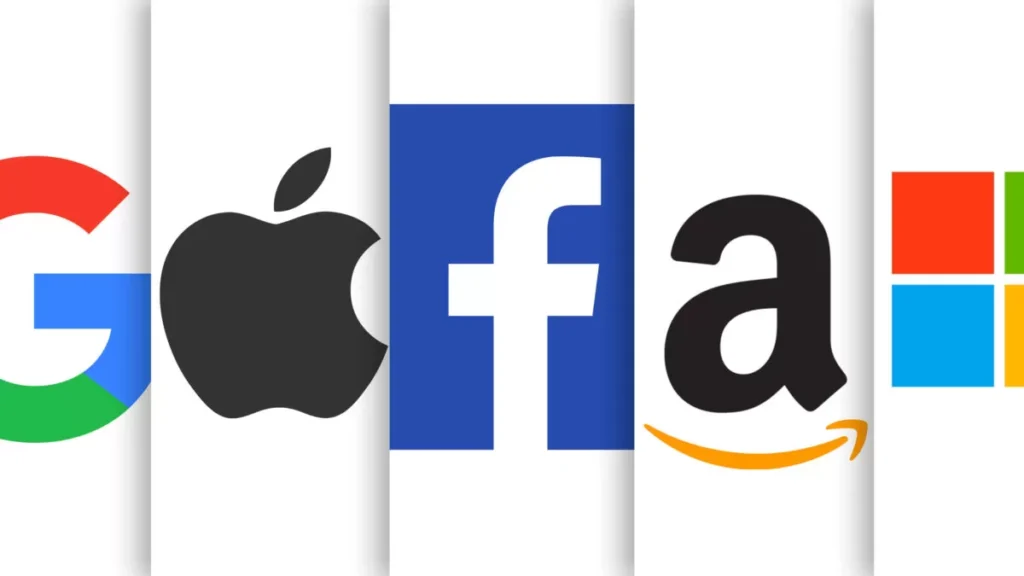Every entrepreneur dreams of launching a business that takes off immediately. But the reality is that most successful companies didn’t start out doing what made them famous. Behind nearly every household name is a story of false starts, failed experiments and the courage to change direction when things weren’t working.
If your business isn’t gaining traction, it isn’t that you’re failing, it might be that you are at the crossroads where some of the world’s most successful companies once stood.

Some of the Greatest Business Pivots of All Time
In 2005, a small company called Odeo was trying to make it as a podcast directory. Then Apple launched iTunes with podcasting features, and suddenly Odeo’s future looked bleak. But instead of doubling down on a losing battle, the founders gave employees two weeks to brainstorm new ideas. Jack Dorsey pitched a concept about sharing your status in real-time: what you’re doing, thinking, feeling. That idea became what we know today as X. What started as a desperate pivot became one of the most influential platforms of a generation.
Instagram began as Burbn, a cluttered check-in app that tried to do everything: location sharing, gaming elements and photo sharing all rolled into one. The founders worried it was too complicated and would never catch on. So they made the radical decision to strip away everything except photos. The simplified app they rebuilt attracted more users in hours than Burbn had gained in a year. Two years later, Facebook bought it for $1 billion.
YouTube
‘Tune In, Hook Up’ was YouTube’s original pitch when it launched on Valentine’s Day 2005 as a video dating site. The concept flopped. But when co-founder Jawed Karim posted a silly 18-second video about elephants having “really, really, really long trunks,” something clicked. Users started uploading their own silly videos. The team pivoted to embrace this unexpected behaviour, and a year later, Google bought YouTube for $1.65 billion. Today it’s worth an estimated $550 Billion.
Play-Doh
In the 1930s, a company called Kutol sold a putty designed to clean coal residue off wallpaper. When homes switched from coal to gas heating, demand vanished and the company nearly went bankrupt. Then the founder saw a newspaper photo of schoolchildren using the product in art class. He immediately pivoted, added bright colours, and rebranded as Play-Doh. Over three billion cans have been sold since.
Nintendo
The Nintendo we know began in 1889 selling Japanese playing cards to gaming parlours. Over the next century, the company tried everything from taxi services, instant rice, vacuum cleaners to “love hotels.” Nothing stuck like their original cards until the late 1960s when they entered the electronic games industry. The rest is gaming history. Mario, Luigi and Donkey Kong would have seemed impossible to the card salesmen of the 1800s, but that willingness to reinvent kept Nintendo alive long enough to find its true calling.
Wrigley
William Wrigley Jr. started as a soap salesman in the 1890s. To boost sales, he offered free baking powder with each purchase. The baking powder became more popular than the soap, so he pivoted to selling baking powder. Then he started including free chewing gum with the baking powder. When the gum outperformed everything else, he pivoted again. Wrigley’s became one of the world’s most recognizable gum brands, eventually selling to Mars for $23 billion.
Starbucks
In 1971, Starbucks was just a store selling espresso makers and coffee beans. It did not sell coffee to drink, just equipment and beans to take home. Howard Schultz, who would become CEO, visited Italy in 1983 and had an epiphany watching people gather in European coffeehouses. He saw a business that wasn’t just selling a product but creating a “third place” between work and home. He pivoted Starbucks from retail to experience, actually brewing the coffee beans in a European-style coffeehouse. Today, over 31,000 Starbucks stores worldwide serve that vision.
Slack
A gaming company called Tiny Speck spent years developing an online game called Glitch. The game never made it out of beta. But while building it, the team created an internal messaging tool called Linefeed to communicate with each other. As Glitch was dying, they realized they’d accidentally built something more valuable than the game itself. In 2013, they pivoted completely, rebranded the messaging tool as Slack, and released it to other businesses. Salesforce acquired it for $30 billion in 2021.
PayPal
PayPal started as Confinity, a company that let people “beam” payments between Palm Pilots and other handheld devices. The technology was clever, but the market was tiny. After merging with Elon Musk’s X.com financial services company, they discovered something interesting: eBay sellers desperately needed a better way to accept payments online. PayPal pivoted to become the payment solution for eBay transactions, which launched them into the mainstream. Today they process over $1 trillion in payments annually.
Netflix
Netflix founders were inspired by Amazon’s success selling portable items online and started with DVD rentals by mail. They tested various models before settling on unlimited rentals for a flat monthly fee. This represented a pivot from per-rental pricing that undercut Blockbuster. But this wasn’t their final form. The founders had always envisioned streaming, but the technology wasn’t ready yet. They waited and built their customer base while learning about viewing habits. When internet speeds finally caught up in the mid-2000s, Netflix pivoted to streaming and completely revolutionized how people consume entertainment. The patience to wait for the right moment made all the difference.
How to Tell If It’s Time to Pivot
These stories share a common thread: the founders noticed when something wasn’t working and had the courage to change course. But how do you know when it’s time?
To tell if it’s time to pivot, look for these warning signs:
- You’ve invested significant time and money but see minimal progress
- Only one feature of your product gets consistent traction while everything else is ignored
- Customers use your product differently than you intended
- The market has shifted and your original solution no longer addresses a real need
- Competition has become overwhelming and you can’t differentiate
Here’s a data that puts it in perspective. According to a study by Duet Partners, startups that pivot once or twice show 3.6 times better user growth than companies that never pivot or pivot too many times. One or two strategic pivots can save your business. While constant pivoting will kill it.
How to Pivot Successfully
1. Follow Your Customers, Not Your Ego
The most successful pivots happen when founders pay attention to what customers actually do, not what the founders wish they would do. Instagram’s creators noticed users loved the photo feature. YouTube’s team saw people posting silly videos instead of dating profiles. Flickr realized players loved sharing photos more than playing their game.
Act like an anthropologist. Watch how people use your product. Read their feedback. Notice which features they ignore and which ones they can’t stop using. The market is telling you something, be sure to listen.
2. Focus on One Thing and Do It Brilliantly
When pivoting, resist the urge to do everything. Instagram succeeded by stripping away features, not adding them. Pick the one thing that resonates most with users and make it exceptional.
A focused pivot is easier to execute, easier to market, and easier for customers to understand. You can always expand later once you’ve nailed the core offering.
3. Leverage What You Already Have
The best pivots don’t start from zero. Slack pivoted its internal messaging tool into a product. PayPal had payment technology before finding the right market. Your failed product likely contains something valuable; it could be a feature, a technology or a customer insight. Find it and build your pivot around it.
4. Test Before You Leap
Don’t shut down your entire operation to chase a new idea. Test your pivot with a small group first. Can you validate the concept without burning through your remaining resources? Twitter started as a side experiment during Odeo’s brainstorming session. Groupon began as a side project to The Point.
5. Communicate Clearly With Your Team
Pivoting affects everyone. Your team needs to understand why you’re changing direction, what the new vision is, and how their roles might shift. Get buy-in before executing. The companies that pivot successfully do so with their entire team aligned and committed to the new direction.
6. Set New Goals
Your old metrics obviously don’t apply anymore post-pivot. This require you to define new success metrics that align with your pivoted business model. Whether it’s user growth, revenue targets, or engagement rates, make sure everyone knows what success looks like in this new chapter.
The Bottom Line
While pivoting may look like admitting defeat, in essence, however it’s making a strategic decision to increase your chances of success. The entrepreneurs behind Twitter, Instagram, YouTube and Play-Doh all faced the same crossroads you might be facing now. They could have stubbornly stuck with their original ideas until the money ran out. Instead, they adapted and their willingness to change made all the difference.
Your business idea might not be working, but that doesn’t mean your business can’t succeed. Sometimes the path to success requires a turn you didn’t anticipate.












